County Fermanagh, Johnston, of the Scottish Johnstone is second. https://www.familytreedna.com/public/Johnson/default.aspx?section=yresults https://www.familytreedna.com/public/Carruthers?iframe=yresults
Wonder where that I-CTS11603 Y-DNA is from.
https://named.publicprofiler.org/
Carruthers likely from a single male I-CTS11603 Y-DNA, which does not seem to have any matches to the Brus/Bruce family but relation of Mouswald Carruthers, seem to share the same shield with the Pickering of Oswaldkirk, Yorkshire, Brus/Bruce family relations. Noted, share Y-DNA first 12 markers with Cave ‘de Cave’, and Scarborough. The Bruce had land of Cave, North and South, in east Riding Yorkshire, and in Annandale, land also of the Nicholas Stuteville (Nicholforest), and Wake families. The Stuteville had land of Gresham Castle, and Scarborough region, also of The Mote, which had Liddel Strength Castle on it of the Wake and Stuteville. No previous is pretty rough, but feel people are checking the research. added 4/9/2020
How family members are being successful at family history;
 Mark Elliott
Mark Elliott
 Mark Elliott
Mark Elliott
 Mark Elliott
Mark Elliott
https://nvk.genealogy.net/map/1890:John,1890:Johns,1890:Johnson,1890:Johnsen
John > Johns > Johnson 1890
https://forebears.io/surnames/johnson
https://named.publicprofiler.org/
1/23/2020 MSE
https://www.familytreedna.com/public/U106?iframe=ycolorized Maybe there is a reason that I am being barred from FTDNA R-U106. 1/23/2020 MSE
FTDNA Johnson, but not Johnston or Johnstone
The concept of majority rules desecrates and destroys the concept, of any family history or genealogy being done on the FTDNA Johnson, blog, which is extremely destructive to the surnames Johnstone and Johnston, the first Johnstone, is a Scottish place name which derives the second which is an Ulster name Johnston. Unlike the extreme majority name Johnson which is the Anglo naming pattern as being ‘the son of John’.
https://named.publicprofiler.org/
Connecting with Your Clan Johnstone Heritage with Jamesie Johnston of Albannach http://www.clanjohnstone.org/
FTDNA Clan Johnson
Have a single upload from elwald.com;
FTDNA Argyll Colony NC, USA – Elwald
I am Mark Stephen Elliott, son of Loren Spencer Elliott;
Utilizing my over a half century of genealogical, family history experience, FTDNA Y-DNA, back in time, and FTDNA is censoring me from blogs, which may help me as with my background and experience to push my Y-DNA line of the father’s father back in line. They aredefinitely a profit making industry are being extremely destruct to the objective I tested my Y-DNA, and that was find my father’s line further back in time. That is why I paid money for the Y-DNA testing; I and everyone else kicked off of an FTDNA blog, should acquire in a mass lawsuit a refund. 12/5/2019 Mark Stephen Elliott.
Am even afraid to try to become a full administrator on the FTDNA Argyll Colony, North Carolina blog for fear they will kick me off and will not be able to service it.
Now because admin are kicking people off the FTDNA blogs. The information of these blogs can be extremely destructive when applied to the use of family history. The admin which do not kick people off their FTDNA blogs have viable and useful blogs. FTDNA allowing the admin to kick people off blogs makes these blog extremely useless to genealogical research. Anyone being kick off a FTDNA blog makes an extreme undervaluation of these service as an applicable Y-DNA family history down the father’s line search site, and deserve a refund. Mark Stephen Elliott 12/5/2019.
https://forebears.io/surnames/johnson
http://www.irishorigenes.com/johnson
https://forebears.io/surnames/johnston

httpd://www.irishorigenes.com/johnston
https://forebears.io/surnames/johnstone
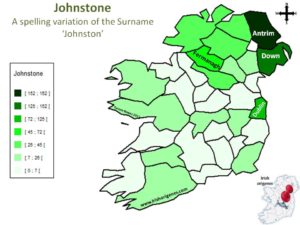
http://www.irishorigenes.com/johnstone
https://named.publicprofiler.org/

http://named.publicprofiler.org/
From the Muster Roll Of The County Of Fermanagh 1631 (21 Johnston, 6 Ellot, 2 Armstrong)
http://www.ulsterancestry.com/muster-roll_1663.html
Sheep-stealers-from-the-north-of-England-the-Riding-Clans-in-Ulster-by-Robert-Bell
http://named.publicprofiler.org/
http://worldnames.publicprofiler.org/
http://forebears.io/surnames/Johnson
http://forebears.io/surnames/Johnston
http://forebears.io/surnames/Johnstone
http://forebears.io/surnames/Johansen
http://forebears.io/surnames/Johansson
FTDNA results link;
https://www.familytreedna.com/public/Johnson/default.aspx?section=yresults
Armstrong, Elliot, Crozier, Nixon, Johnson, Graham; Ulster-Scot.
3/14/2018 MSE
I-M223;
Johnston of Ireland, four of Scotland, with one Johnstone of England
Armstrong, Elliot(t), Johnston(e), and Graham.
Fegus Graham of The Mote, and Richard Graham of Netherbye.
3/15/2018 MSE
I-M253;
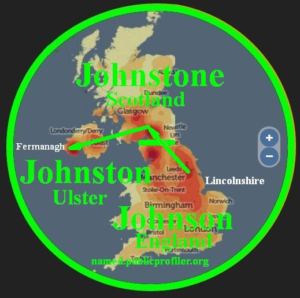
Johnston
Johnson, in some cases could be derived from the Swedish Johansson. Could have branched Y-DNA in Denmark, with a branch going to Sweden another group towards east Anglia, most likely as a personnel name previous to surnames of John(Johan), the name then became in Sweden Johansson “the son of Johan” in Anglo-Saxon, Danish Northumbria, pre-England, Johnson, meaning “the son of John”, though in the same fashion as the Gaelic “MacJohn”, if existed would mean the same.
Johnston(e), from Johnstoun, is a locality, likely at first a farmstead, then a toun/town, where some on of the locality would be referred to as example; “William de Johnston”, meaning at first “William from Johnston”, then the “de/from” would be drop, with the name becoming “William Johnston”. Johnston the locality the name came from was within Annandale near the I-M253 Carruthers (from the nearby locality of Karruther/Carruther, Annandale, also there are Moffat from nearby Moffat, Annandale, few with I-M253) of the region with excepting NPEs, most likely unlike the surname Johnston, may have received their I-M253 from a single individual, which the nearby Armstrong think is a Fairbairn, which also shows I-M253 of the Scottish eastern borderlands, with excepting NPEs. There could be some truth that the border I-M253 did come from a Dane, with reference to Fairbairn, as the allied Armstrong have proposed.
http://www.armstrongclan.info/clan-history.html
Armstrong Clan History-Armstrong Origins
A traditional story claims that the Armstrong clan progenitor was Fairbairn, an armour bearer to a king of Scotland, who rescued his master when he had his horse killed under him in battle. Fairbairn allegedly grasped the king by his thigh and set him on his own horse. An astonishing feat of strength that cynics suggest was a physical impossibility due to the weight of medieval armour.
http://www.genealogy.com/forum/surnames/topics/fairbairn/499/
Where Did The Fairbairns Come From?
By Thomas Fairbairn March 12, 2010 at 02:04:40
Although there is more than one story about the origins of the Fairbairns, perhaps one of the most widely accepted is the saga of Siward. The Viking, also known as Siward Fairbairn of the Strong Arm. Siward was the son of a Danish King and lived in England from about 995 till his death in 1056.In those days, the ruler of any small territory was a king, so exactly where his father, Hringo, King of Upland, also known as Earl Beorn, would fall on the yardstick of earthly royalty is not clear; however, at the very least, he would be considered of noble birth.
3/16/2018 MSE
North Carolina, Argyll Colony oriented;
For Johnston, Johnston are likely of, Ulster, Ireland, like my family which migrated into the Carolina (my family into Massachusetts, some people are lucky and get to go to the Carolina) , likely as Anglican Scots (if your family is Presbyterian, then likely Co Antrim-Down, but if Episcopalian Methodist then Co Fermanagh), and for their info am providing these links; https://www.google.com/maps/place/Johnston+County,+NC/@34.7276391,-78.3358626,7.83z/ https://www.google.com/maps/place/Johnston,+SC+29832/@31.4587824,-89.1353125,6.08z/
3/21/2018 MSE
5/11/2018 MSE

https://www.libraryireland.com/gregg/mapping-ulster-scots.php
8/26/2018 MSE
‘Sheep stealers from the north of England’: the Riding Clans in Ulster by Robert Bell
In 1630 Ulster it is Johnston, Ellot, and Scot, forms of spellings which were used.
8/26/2018 MSE
12/5/2019 MSE
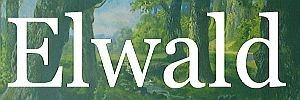








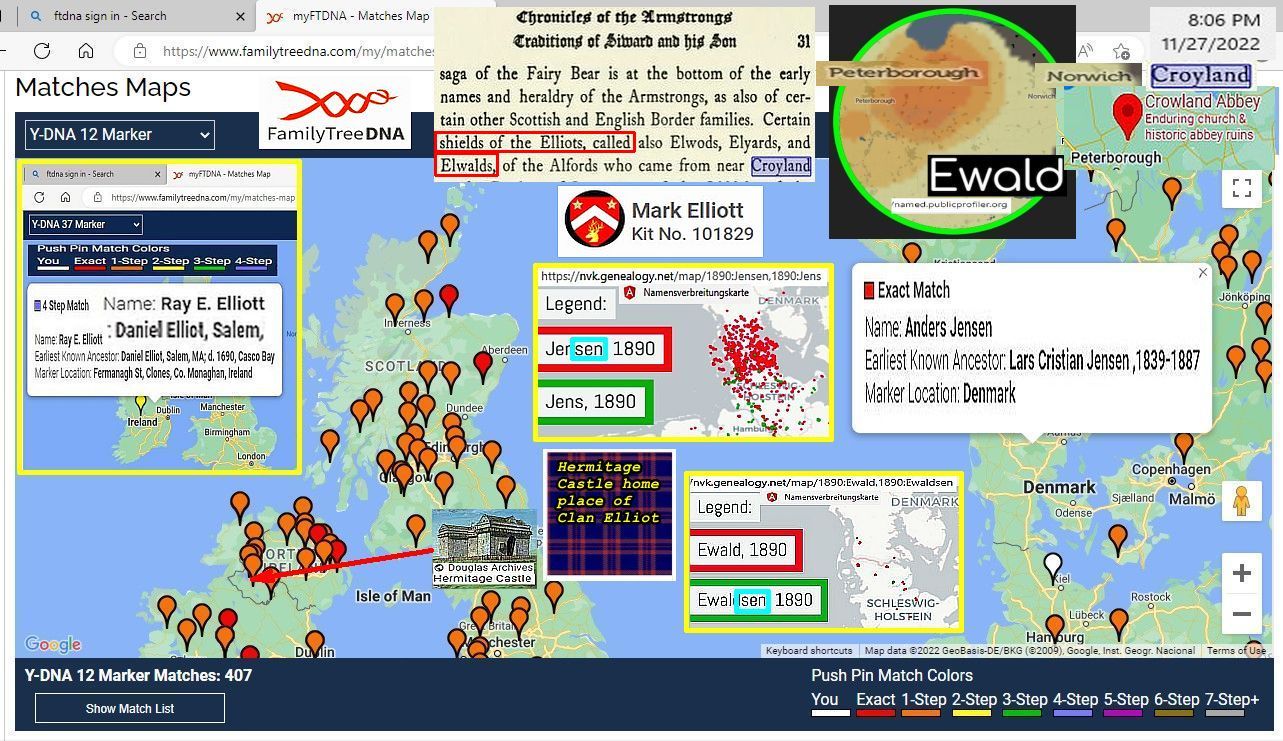

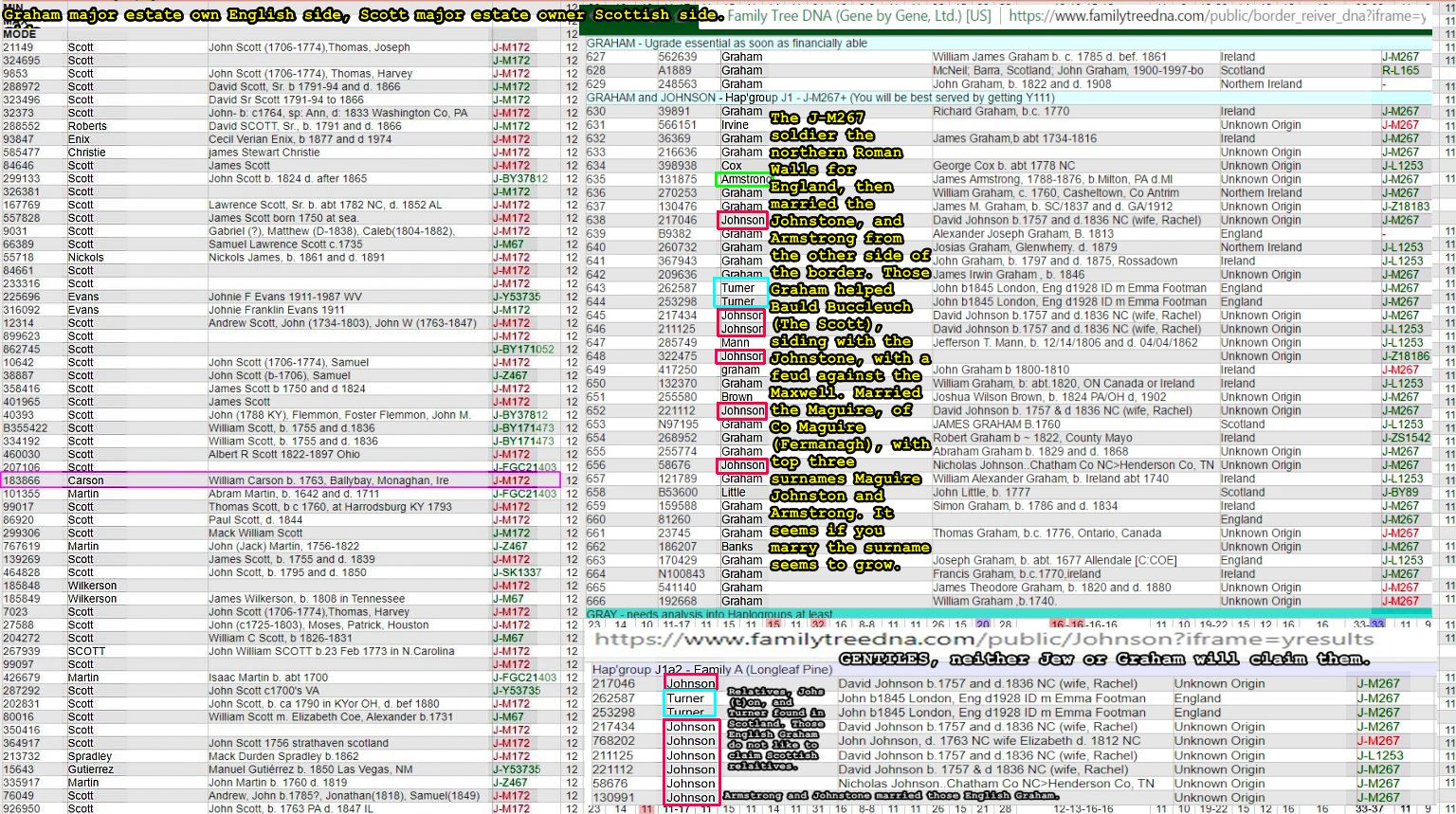











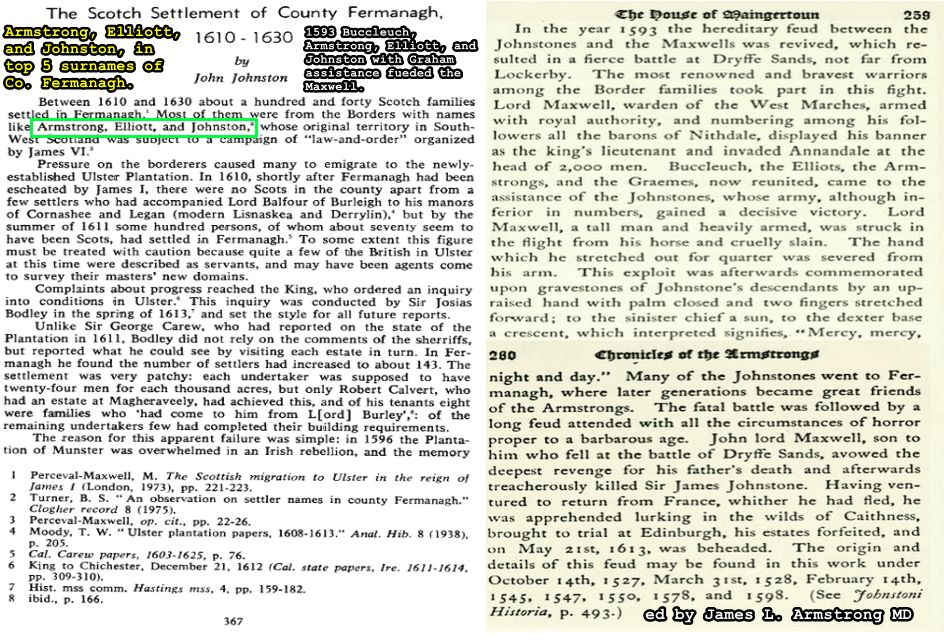




























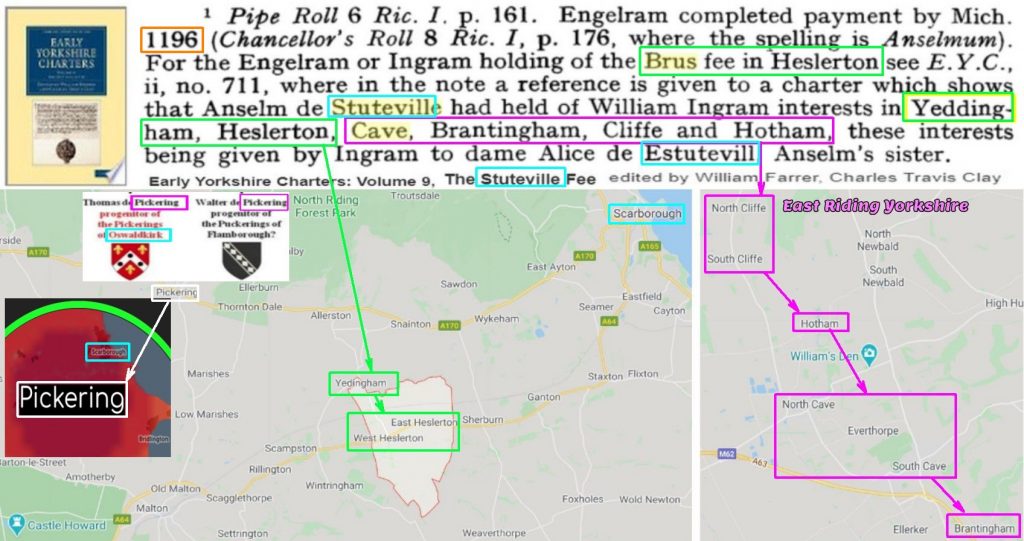

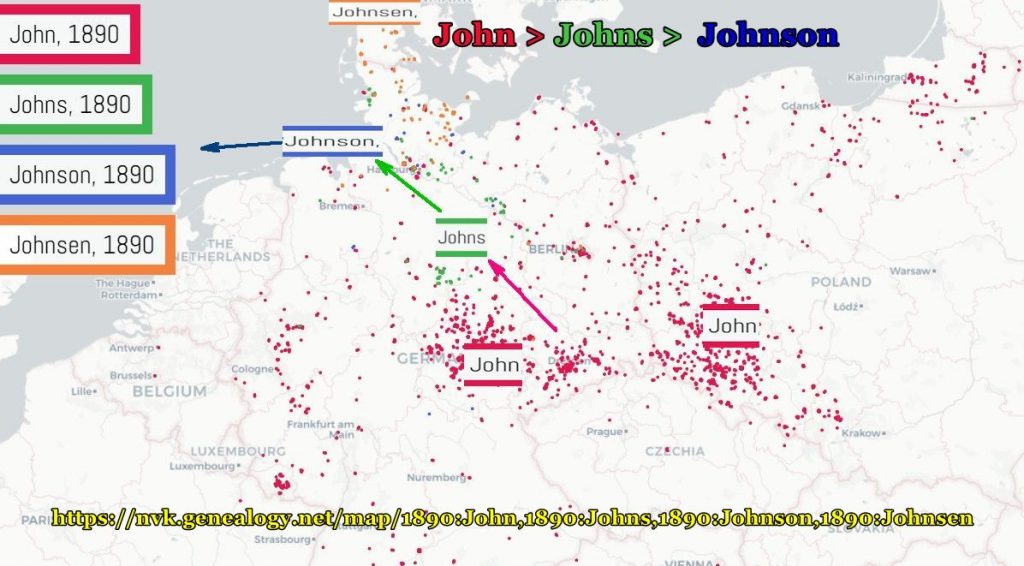





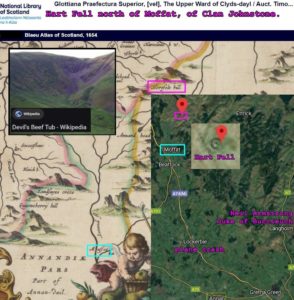

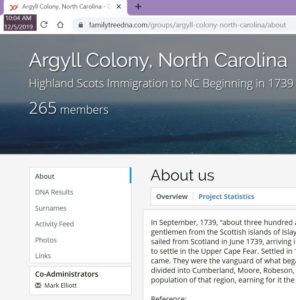




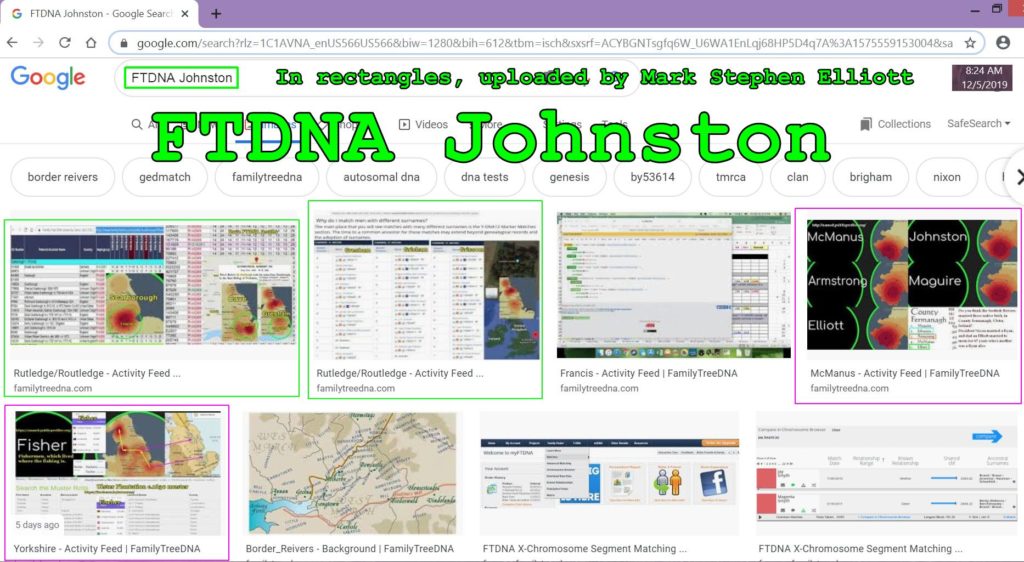






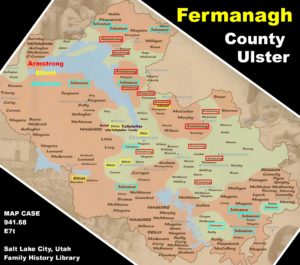




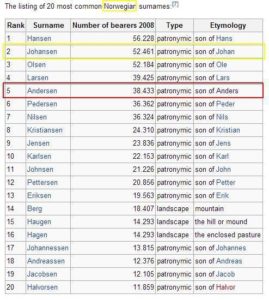


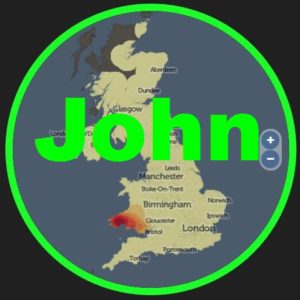




















A Hawick Word Book-Douglas Scott.pdf (ubc.ca)




Genetics & Genomic Medicine Service – Brigham and Women’s Hospital (brighamandwomens.org)
File:Sasine deed 1484 for Robert Elwald (Elliot), Redheugh, Larriston, Hartsgarth.jpg – Wikipedia
William Elwald-Elliot-Elliott manages land in deed, and as landlord his descendant William Elwald-Ellot-Elliott land holder of Gorrenberry is in on the rescue with Scot(t), Armstrong, and Bell of a Kinmont Willie Armstrong. Do not forget the Bigham (big house) not Brigham (bridge house). Do not let anyone know this but those Grahams, which us Armstrong and Elliott would never marry, like the above it shows the Irving would were in on the rescue.
One does not get to choose their cousins.
\
Семья Армстронга, Эллиота, Никсона и Крозье родом с шотландской границы.
Когда Никсон разговаривал с Армстронгом на Луне, они имели в виду мир.
Anglo-Saxons in Eastern Europe (v-stetsyuk.name)
The Border Reivers – The Curse BBC – Cumbria Features
The ‘Scots Irish’ E-M35 DNA Marker (April 2023) | Scottish Origenes: scottish ancestry, scottish genealogy, scottish clan map
Genealogy Garage: Scottish Prisoners of War YouTube LA Public Library May 15, 2021
Posts – Elwald
Brigham This is the Place’ genealogy with DNA applied – Gorrenberry
Barbadian Banishment: The forgotten Irish of the world’s newest republic – The Irish Times
ACT OF THE SCOTTISH PARLIAMENT 1587 (clanthompson.org)
* Middle March
* Elliotts
* Armstrongs
* Nicksons
* Crosiers
* West March
* Scotts of Ewesdale
* Batesons
* Littles
* Thomsons
* Glendinnings
* Irvings
* Bells
* Carruthers
* Grahams
* Johnstons
* Jardines
* Moffats
* Latimers
17 Clans
Guy Hewitt:Barbados remembers Scots heritage on St Andrew’s Day (scotsman.com)
Uncategorized – Clan Crozier
70 maps that explain America – Vox
POW Hamiltonian Scottish Royalist, were indentured slaves to the Cromwellian Puritans, that is why the West Indies is not Presbyterian, but (Alexander) Hamiltonian Anglican Royalists. The Armstrong an Elliott of Co. Maguire (Co. Fermangh), married into the Irish, then the Africans of the West Indies. The surname Crozier has Anglican – Catholic influence, which are my in-laws. Rev. Parris, of a Puritan Barbados Plantation family. His Caribbean Indian slaves left testimony in the Salem Witch Trials. Daniel Elliott was most likely half Natick Praying Indian of Rev. John Eliot, Eliot Hall, Harvard, married to the Cloyse-Littlefield line of Wells, Maine. Son, Daniel at time of testimony March 30, 1692 Daniel and Hannah (Anna Elliott), son Daniel would be a quarter Natick.
The Armstrong and Elliott of Co. Fermangh (Maguire) have tribal tendencies. The Elliot’s 29th chief is Margaret of Redheugh, Scotland just south in Copeshaw-Holme (Newcastleton) of the Hermitage Castle. The Puritan Cromwellian sold us as slaves because we would inter marry and spread around the world. When Maxwell sided with England the Graham, the Armstrong, and Elliot and others sided with the Johnstone. Like to see what will happen to the EDF and Muirhall if they side with England, and Family Tree DNA if they side with the Union-Jack, trying to preserve my family’s history around the Hermitage Castle. and for both sides of the border to be of one entity. If both sides can not be European Union, then they need to be the Irish of Saint Patrick which chased those Tory snakes out of Ireland, like my ancestors chased them out of America. No border in Ireland dividing the Maguire, Johnston, Armstrong, McManus, or Elliott. There are enough things which break-up families we certainly do not need a border in Ireland.
Sincerely, Mark Stephen Elliott
边界会导致家庭争斗。
Mapping of Ulster-Scots (ulsterscotsacademy.com)
FTDNA Greenspan – Elwald
Daniel Elliot (1637–1704) • FamilySearch
Shadrack Kiptoo Biwott – Wikipedia
Chronicles of the Armstrongs; : Armstrong, James Lewis : Free Download, Borrow, and Streaming : Internet Archive
google.com – search: GENEALOGY GARAGE Scottish Prisoners of War
Dunbar Castle & Mary, Queen of Scots (marie-stuart.co.uk)
The History of Liddesdale, Eskdale, Ewesdale, Wauchopedale and the … – Robert Bruce Armstrong – Google Books
Robert Bruce Armstrong — the Irish and the Highland Harps (wirestrungharp.com)
Chronicles of the Armstrongs; : Armstrong, James Lewis : Free Download, Borrow, and Streaming : Internet Archive
Re: Elliotts of County Donegal – Genealogy.com
The History of Liddesdale, Eskdale, Ewesdale, Wauchopedale and the … – Robert Bruce Armstrong – Google Books
Robert Bruce Armstrong — the Irish and the Highland Harps (wirestrungharp.com)
1545-1569 – Scotland. Privy Council – Google Books
named – Map your surname across the UK (publicprofiler.org)
Search the Muster Rolls (therjhuntercollection.com)
FamilyTreeDNA – Irwin Clan Surname Project (updated)
The History of Liddesdale, Eskdale, Ewesdale, Wauchopedale and the … – Robert Bruce Armstrong – Google Books
FTDNA-101829-autosomal-Y-DNA-mtDNA.jpg (1226×944) (elwald.com)
Eliot Surname Origin, Meaning & Last Name History (forebears.io)
Discover the Eliot family with Your Family History (your-family-history.com)
The History of Liddesdale, Eskdale, Ewesdale, Wauchopedale and the … – Robert Bruce Armstrong – Google Books
Acts of Scottish Parliament 1587 (Clan Thompson) pdf
The History of Liddesdale, Eskdale, Ewesdale, Wauchopedale and the … – Robert Bruce Armstrong – Google Books
Chronicles of the Armstrongs; : Armstrong, James Lewis : Free Download, Borrow, and Streaming : Internet Archive
Johnnie Armstrong (Roud 76; Child 169) (mainlynorfolk.info)
In the Ulster Muster Rolls of 1630; Tullykelter, Co Fermanagh, Ulster, names are Armstrong, Armestrong, Armestrang, Curruthers, Ellot, Rutledge, Johnston, Scot. Fought for Charles II, of Charleston, SC, Charlestown, MA, Charlestown, Nevis Island, West Indies, where Alexander Hamilton was born and today has a concentration of Elliott We married those Maguire, McManus, and McGovern, as we married the Grame-Graeme-Græme-Graham-Greene, though they do not want to admit it sometimes. Alexander Bell took Graham as a middle-name, granddad Mark Elliott denied Hammer as a middle name. Mark and Hammer where surnames of both his grandmothers. If my name was to follow suit it after my grandmothers it would have been, Spencer Ryan Elliott, but I was named after my grandfathers instead as Mark Stephen Elliott, dad Loren Spencer Elliott did accept his mother’s maiden name as a middle name. MSE 3-22-2024
The Annals of a Border Club (the Jedforest): And Biographical Notices of the … – George Tancred – Google Books
Fa ilk puir wife reivis her wob,
And all the lave,
Whatever they have:
The devil resave therefor his gob!
Discover the Green family with Your Family History (your-family-history.com)
Discover the Greene family with Your Family History (your-family-history.com)
Daniel Elliot (1637–1704) • FamilySearch
RUSH99LSE
477.Emma Ona [RUSH] ELLIOTT) [9] [261. Aaron 8, Benjamin 7, James 6,
Benjamin II 5, Wm. IV 4, Wm. III 3, Wm. II 2, Wm. I 1] born 17 Nov 1867 in
Rice Twp, Ringgold Co, IA, and died in Mt Ayr, IA, 1 Aug 1963. She married 10
Jul 1887 in the Methodist parsonage in Mt Ayr to Alamando Wilcox ELLIOTT
born 11 May 1865 in Avon, Fulton Co, IL. His parents were Rev. Sherburn
Alamando and Louisa Marie [Mark] ELLIOTT. `Al’ came to Iowa at the age of
three. His father was a pioneer Methodist circuit rider in southeast Iowa and
family moved frequently until moving to Rice Twp in 1871 to farm. His
grandfather, Rev. William F. Mark, was also a pioneer Methodist circuit rider
also serving in Illinois and Iowa with his last charge in Redding, Ringgold Co, IA.
After marriage, Emma and `Al’ settled on farm purchased in 1890 from his
father in Rice Twp where they lived until they moved to Mt Ayr in 1915. They
purchased in 1907 an additional 40 acres on the west side of this initial 80 acre
farm. This farm was rented to their oldest son, Mark, in 1915 and they retired
to Mt Ayr. They sold this farm in 1934 to this son. Their home in Mt. Ayr was
located at the present site if the Clearview Care Home for senior citizens.
Emma was the first resident of this fine center. They were active members of
the Methodist Church, having joined at Eureka east of Delphos, IA. `Al’ at five
feet eleven inches towered over his five-foot three-inch father. He detested the
name `Alamando’ and much preferred his friends to call him `Al’ or `A.W.’ He is
remembered for his fine sense of humor and cheerful disposition, always seeing
the bright side of everything. He enjoyed quoting poetry – generally ending by
giving credit to an author that may or may not have existed. He chewed
tobacco, always ‘saucered’ his coffee, and said `grace’ before every meal. The
`carom board’ was always readily available when the grandchildren arrived for
overnight stays. Alice, felt she gave these for nothing. The railroad
bordered the north edge of their lots with a trestle bridge crossing the street
bordering them on the east. They owned one automobile purchased new – a
1928 Whippet. Emma did the driving as `Al’s eyesight was very poor, having
lost an eye at the age of nine when a boyhood friend accidentally struck him
with an axe while watching him chop wood. Their house had a well located in
the east porch and a cave just east between house and garage. East of the
garage was the commonly referred to `two holer’ with that adjacent to a low
ceiling hen house with both covered with grape vines. They kept about a dozen
Rhode Island Red hens that produced very few eggs. She always had a jar full
of thick sugar cookies that really weren’t very good but she was a tremendous
grandma! They both enjoyed gardening and had many peach trees. Children of
Emma and `Al’;
800. i. Florence Modessa Elliott b. 9 Apr 1888 d. 9 Sep 1984
801. ii. Avis L. Elliott b. 5 Oct 1889 d. 30 Oct 1890
802. iii. Mark (nmn)3 Elliott b. 13 Mar 1891 d 30 Nov 1976
803. iv. Rees Wells Elliott b. 3 Feb 1893 d. 13 Mar 1919
804. v. Ethel L. Elliott b. 12 Aug 1894 d. 21 Jan 1899
3Mark was given the surnames of his two grandmothers – Mark & Hammer. He detested this combination and had
his name legally changed to “Mark” with no middle name. Suspect he was teased about his name as a kid. LSE.
805. vi. Hazel Bernice Elliott b. 22 Jul 1897 d. 14 Sep 1985
806. vii. Gladys Marie Elliott b. 30 Nov 1901 d. 15 Nov 1978
807. viii. Alice Marguerite Elliott b. 7 Nov 1907 d. 7 Jun 1984
https://www.elwald.com/wp-content/uploads/2013/07/Loren-S-Elliott-Rush-Family-Research-documents.pdf
https://www.elwald.com/wp-content/uploads/2013/07/misc-Rush-family_1-30.pdf
https://www.elwald.com/wp-content/uploads/2013/07/Rush-Virginia-Kentucky-Iowa.pdf
https://www.elwald.com/wp-content/uploads/2013/07/misc-Rush-family_31-60.pdf
https://www.elwald.com/wp-content/uploads/2013/12/Rush-Family.jpg
John Elwald of St. Andrews pdf
John & Robert Elwald of York Hexam pdf
Clan Crozier (electricscotland.com)
Family Tree DNA 的创始人贝内特·格林斯潘 (Bennett Greenspan) 在年轻时就对家谱学产生了浓厚的兴趣。对他的家族史来说更重要的是他从这些年长的亲戚那里获得的信息。家族史中最重要的是年长近亲的家族史。他们的 DNA 可以被采集和存储,但如果不像我父亲那样记录下来,他们的历史可能会丢失。
Daniel Elliot (1637–1704) • FamilySearch
Capt John Allen Jr.
Briefly digressing, Capt. Allen’s brother, Rev. Thomas Allen of Norwich, England and Charlestown, Mass., was associate pastor of the Charlestown Church under Rev. Zachariah Symms. He m. 1) circa 1639 in Charlestown, Anna Sadler, widow of Rev. John Harvard, the namesake of Harvard University in Cambridge, Mass. and settled Harvard’s estate, which included the bequest that Rev. Harvard’s personal library be given to the then fledgling Harvard College.
Capt John Allen Jr. (1616-1675) – Find a Grave Memorial
Daniel Elliot, likely came back on the ship Rev. Thomas Allen traveled to London on.
Daniel Elliot
On Aug 4, 1682 Boston deed; Daniel Elliot Sr, father of Daniel Elliot Jr of the Salem Testimony,
Alexander sailed to America aboard the Liberty, a ship commanded by Captain John Allen. The liberty landed in Boston. Alexander paid for his passage with a six year bound labor contract with John Cloyes, also called indentured servitude.
Daniel Elliot (1637–1704) • FamilySearch
https://www.familytreedna.com/groups/elliott/links
and https://de.wikipedia.org/wiki/Clan_Elliot
For the Elliot and my father Loren Spencer Elliott: instead of;
https://www.electricscotland.com/webclans/dtog/elliot2.html could you please use;
https://www.electricscotland.com/webclans/dtog/elliot.html
Thank you
Mark Stephen Elliott
1/26/2024
Lidalia vel Lidisdalia regio, Lidisdail / Auct. Timotheo Pont. – Blaeu Atlas of Scotland, 1654 (nls.uk)
Scottish Poetry Selection – Wha Daur Meddle Wi’ Me?
Chasing-my-Y-DNA-part-28
Поискав в Интернете, я натыкаюсь на то, что я называю внучками мормонских бабушек. Эти внучки не из России, но общаются на русском языке. Из-за их бабушек я знаю, что нужно держаться подальше от этих внучек. Если дочери этих мормонских бабушек, матери этих внучек не объединятся, так как они доставили много хлопот своим матерям и дочерям, я могу преследовать их, не отрываясь. Некоторые из этих бабушек являются специалистами по генеалогии высокого уровня. Когда им дали преимущество, они уже им воспользовались. Неспециалисты по генеалогии попытаются замолчать предоставленную информацию. Обмен информацией — это и генеалогия, и наука, и это то, что генетическая генеалогия.
A Ukrainian and a Russian moved to my hometown of Gallup and became friends. A Ukrainian math teacher, she was my colleague in teaching mathematics in high school and university. We, Elliott, know a good lady, Ukrainian, married to Elliott.
Украинка и русский переехали в мой родной город Гэллап и подружились. Украинский учитель математики, она была моей коллегой по преподаванию математики в средней школе и университете. Мы, Эллиот, знаем хорошую даму, украинку, замужем за Эллиотом.
Туда, где дружелюбный алгонкинский народ, который не хихикает над теми лесными лосями, откуда Западный Пакистан отделился от Индии, с которыми иммигрант Дэниел Эллиот добрался на волю, и оказался с их ДНК во мне.